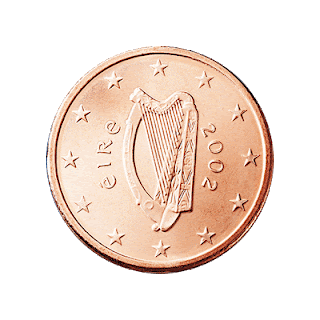The introduction of the euro – first as ‘book money’ in 1999 and later as physical notes and coins in 2002 – is one of the European Union’s crowning achievements. Euro notes and coins are now an integral part of people’s lives and a commercial reality.
Years of planning and preparation went into the euro’s design to find a good balance of aesthetic appeal, practical dimensions and security features – resulting in the seven banknotes and eight coins designed for the launch in January 2002.
The notes share the same designs across all countries in the euro area. The coins have a common design on one side and a country-specific design on the other.
The European Central Bank (ECB) has the exclusive right to authorise the issue of euro banknotes by the national central banks of the euro area. The responsibility for producing them and putting them into circulation is shared among national central banks. Coins are issued by euro area Member States in volumes approved each year by the ECB and production is entrusted to the national mints.
Greek and Latin inspiration
Like all currencies the euro has a name and a symbol:
- The name – the euro – was chosen by the European Council meeting in Madrid in 1995 as part of the preparations for the single currency.
- The euro symbol – € – was inspired by the Greek letter epsilon (?). It also stands for the first letter of the word ‘Europe’ in the Latin alphabet, while the two parallel lines running through the symbol signify stability. The European Commission organised an internal competition to come up with the euro symbol. Some 30 drafts were considered – ten of which were tested on the public – and the final design was selected from two short-listed proposals by the then President of the Commission, Jacques Santer, and Commissioner Yves Thibault de Silguy in 1995.
All shapes and sizes
The different sizes and contrasting colours and relief patterns of euro banknotes help people – including the visually impaired – recognise the denominations. The notes come in 5-, 10-, 20-, 50-, 100-, 200- and 500-euro denominations. There are various security features in the notes, such as a watermark, security thread and hologram, to stop counterfeiters and help recognise a genuine banknote.
Advanced technical specifications were also developed for the coins, making illegal reproduction, especially for the 1- and 2-euro coins, extremely difficult. The eight denominations of coins vary in size, colour and thickness according to their values, which are 1, 2, 5, 10, 20 and 50 cents, and 1 euro and 2 euros
All Irish euro coins depict the Celtic harp, a traditional symbol of Ireland first used on coins in 1536, accompanied by the word ‘Éire’, the Irish word for Ireland. The design was the work of Jarlath Hayes and was chosen by the Irish Government. The edge lettering on the €2 coin is ‘2**’, repeated six times, alternately upright and inverted.
 |
| Ireland 2 Cent Coin |
 |
| Ireland 20 Cent Coin |
 |
| Ireland 1 Cent Coin |
 |
| Ireland 5 Cent Coin |
 |
| Ireland 50 Cent Coin |
 |
| Ireland 20 Cent Coin |
 |
| Ireland 1€ (One Euro) Coin |
 |
| Ireland €2 (two Euro) Coin |
No comments:
Post a Comment